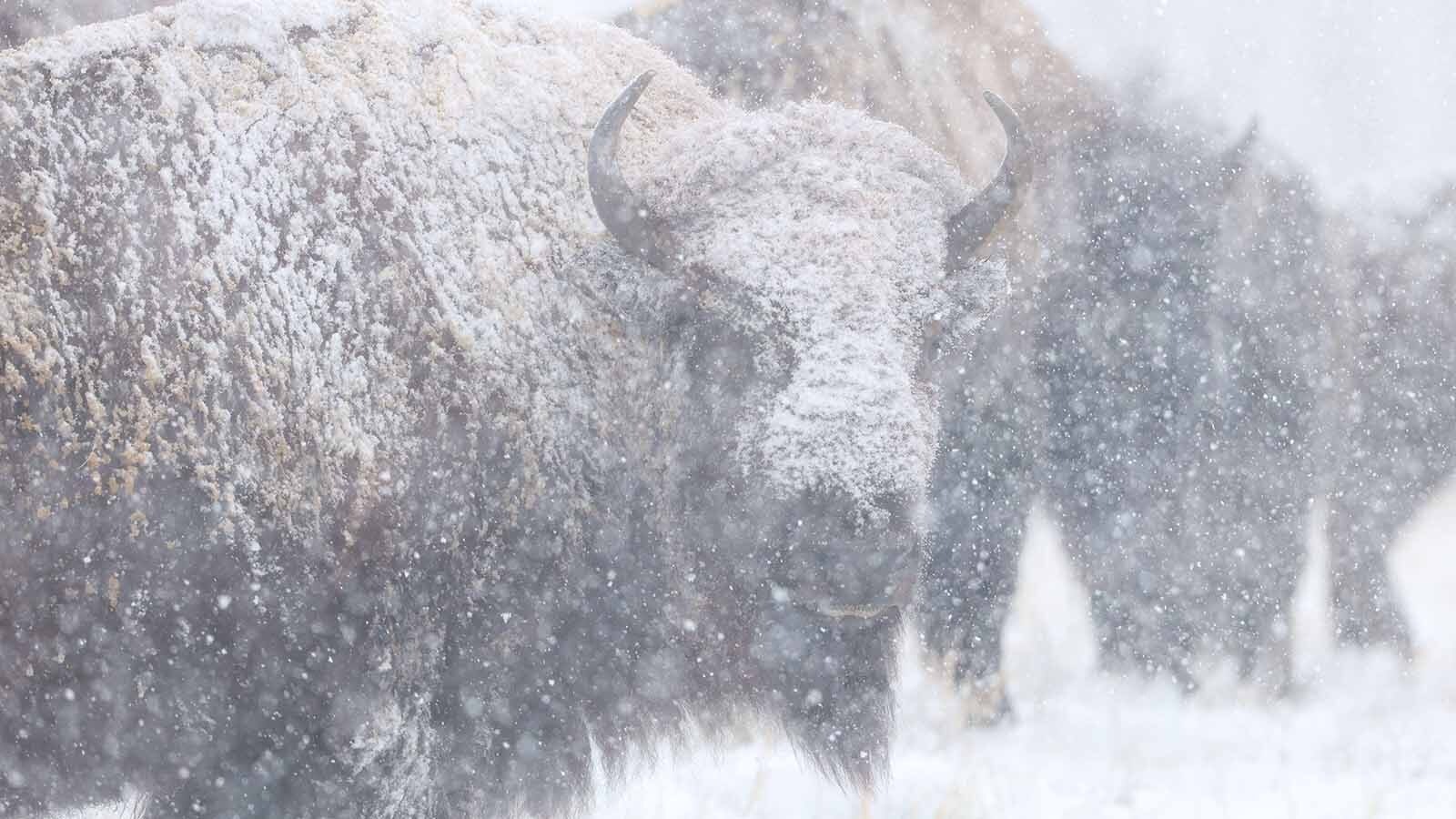The grizzly bear population in the Greater Yellowstone Ecosystem has never been larger than it is now.
That’s according to the supervisor for the large carnivore section of the Wyoming Game and Fish Department.
Dan Thompson told Cowboy State Daily that new methods of counting wildlife have resulted in a more accurate estimate of the number of grizzly bears in the Greater Yellowstone Ecosystem (GYE).
“Through a lot of analysis, and empirical data, we were able to revise those parameters to be more reflective of the actual population size,” he said, “which is 1,069 grizzly bears in the demographic monitoring area.” The Greater Yellowstone Ecosystem demographic monitoring area encompasses Northwest Wyoming and parts of Montana and Idaho.
Thompson said the Interagency Grizzly Bear Committee reported the new numbers, based on data collected over the summer, to Game and Fish Department officials in a meeting earlier this week.
He said even though previous estimates set the area’s grizzly population at 700 to 750 bears, the methods previously used to count the bears under-reported the actual population.
“It’s important to relay that the population hasn’t jumped up by several hundred,” Thompson clarified. “It’s just the numbers that we are reporting are more reflective of what is real, based on the data we’ve been collecting for decades.”
Cowboy State Daily reported just a few weeks ago that there have been more grizzly bears killed this year than in previous years – but Thompson said that the actual mortality rate is in line with the higher population.
“This is the highest number of grizzly bears we’ve reported in the Greater Yellowstone Ecosystem since we started counting them in the 1970s,” Thompson noted. “The successful recovery of grizzly bears is demonstrated by the highest amount of occupied range in the GYE since potentially the 1800s. And so I think there’s a focus on the mortality aspect, and people tend to forget that this is a reflection of more bears, and more bears in new places, and that there’s also more bears being born.”
From the standpoint of the Wyoming Game and Fish Department, Thompson said the population of grizzly bears in the Greater Yellowstone Ecosystem is an ecological success story.
“These bears are biologically recovered and they have been for multiple years,” he said. “And that’s why we support delisting the population to celebrate the successful recovery of the population.”
For years, federal lawsuits have argued whether or not grizzly bears should be taken off the endangered species list. As of this writing, the species is still protected.
But Thompson said keeping the bears on the list goes against the intent of the Endangered Species Act.
“The intent is to provide the protections needed to recover that specific species or that specific population,” he explained. “And that has been done in the GYE for grizzly bears – and we should be celebrating.”





